Water is life. How to get enough pure water when backpacking
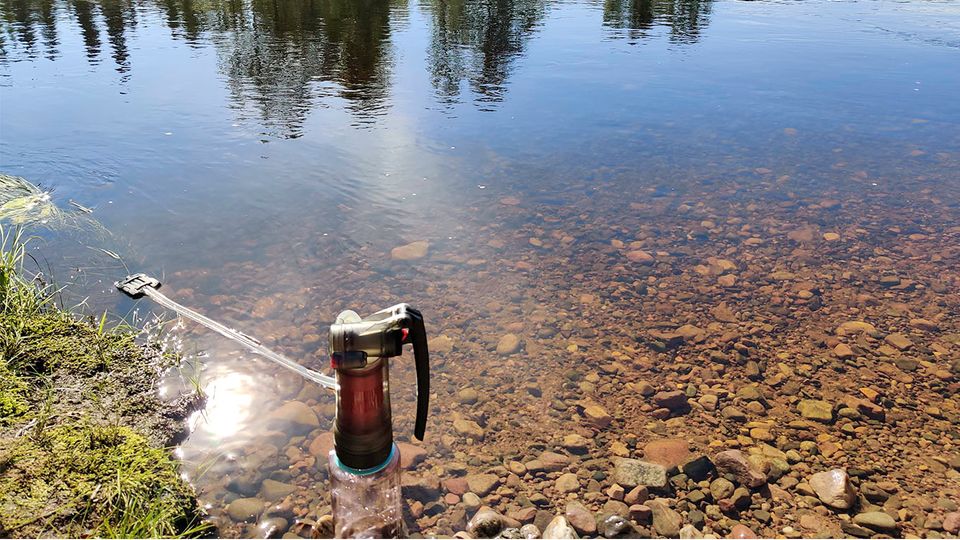
This article is written shortly after returning from the Karhunkierros trail. At 82km and usually requiring 3-7 days of backpacking, it is an excellent example of a route you should plan for water logistics in advance. In northern Finland, the water in streams and lakes is often drinkable, and temperatures are temperate to cool. Would your plan depend on finding potable water regularly, or would that be too optimistic?
When talking with the other backpackers, it was surprising how significantly people's methods with water varied. Some trusted that the clear and flowing water that smelled fresh was drinkable (in Lapland, it often is). Some used water purifying tablets which are efficient with contaminants invisible to the eye (such as germs) but require time (30-120 minutes) and make the water taste bad. Some cooked the water (10 minutes of boiling for each liter), and some used filters without a purifier (filtering out debris but not germs).
I'm not qualified to say what would be the best method for supplying water, only that this is one of the two pivotal decisions in planning for a backpacking trip (the other one being the choice of a backpack).
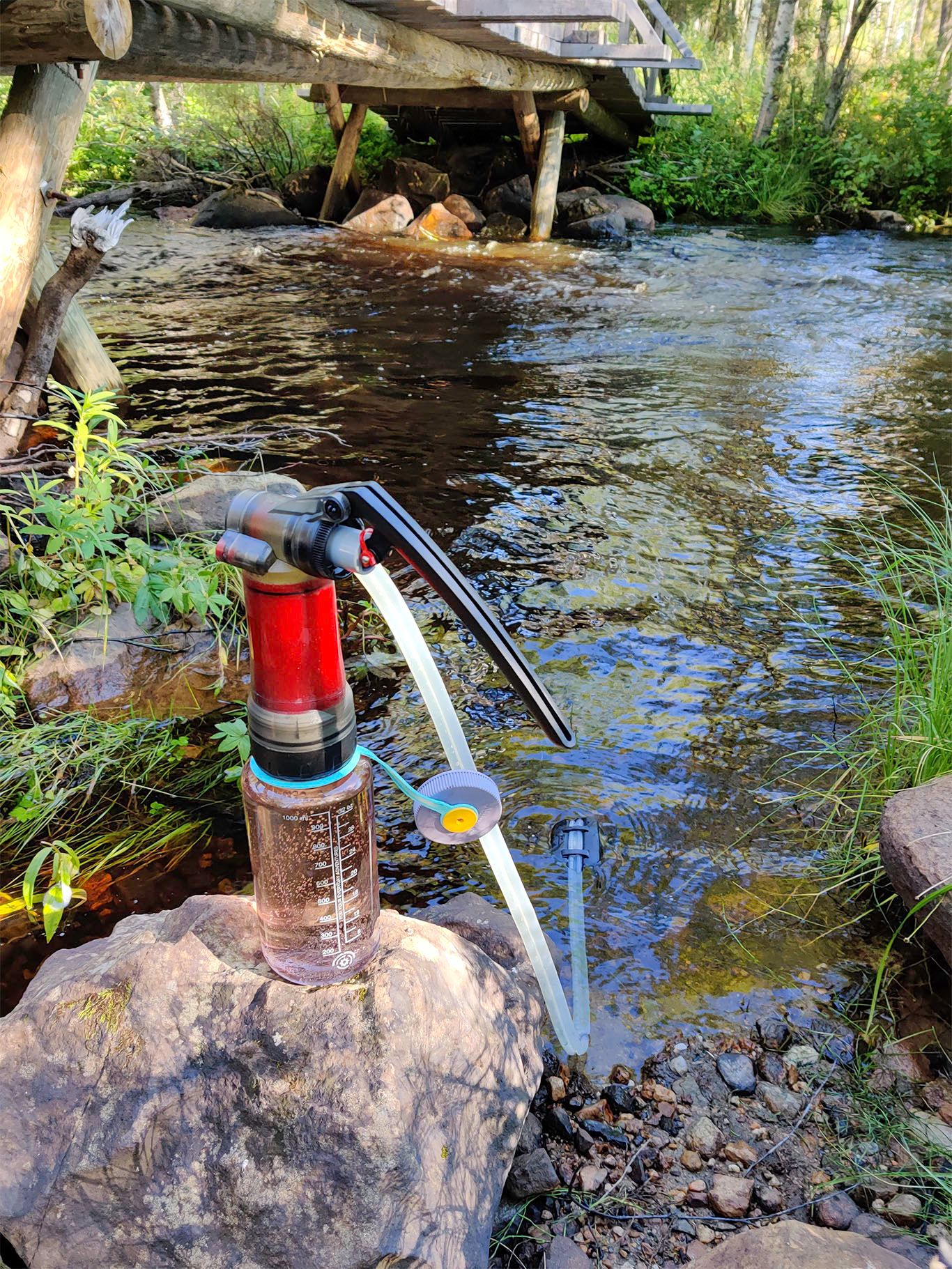
I can recite my criteria, requirements, in deciding how to resupply water; In my previous travels I have encountered a situation, where an animal had died upstream, and contaminated the water source in a way that is undetectable with visual or olfactory examination. While travelling alone, the possibility of incapacitating contamination seemed too big a risk, and I wanted the certainty from some form of purification. I considered the option of carrying all the necessary water, but that would add a lot to the weight, I carried a constant 2l of water, that would needed to increase to 3l or 4l if I couldn't know when fresh water would be readily available. Boiling each liter of water for 10min per liter would have required a lot of time, at least an hour more to each day, and more stove gas which would have weighted maybe 0,5kg.
How much water is needed?
Wikipedia states on the Drinking water article, that on average an adult male requires 3,7l water intake per day, while an average adult female requires 2,7l. Water intake, instead of drinking, encompassing also the water in food.
I can recite my criteria and requirements in deciding how to resupply water; In my previous travels, I have encountered a situation where an animal had died upstream and contaminated the water source in an undetectable way with the visual or olfactory examination.
While traveling alone, the possibility of disabling contamination seemed too big a risk, and I wanted certainty from some form of purification. I considered the option of carrying all the necessary water, but that would add a lot to the weight. I brought a constant 2l of water that needed to increase to 3l or 4l if I couldn't know when fresh water would be readily available. Boiling each liter of water for 10min per liter would have required a lot of time, at least an hour more each day, and more stove gas which would have weighed maybe 0,5kg.
The MSR Guardian referred to in this post, and in the pictures, weights a hair below 0,5kg.
Best sources for water?
Lessons learned: The best sources of water for water filters are flowing clear rivers and streams, that have least amount of debris and soil. – Advice from a store personnel at Scandinavian Outdoors store.
English-Finnish vocabulary relating to the post
| English | Finnish | Notes and what is it? |
|---|---|---|
| Water purification tablets | Vedenpuhdistustabletti | A small tablet that you put into water and let it dissolve, for 30-120minutes. Available at apothecaries as well as stores offering outdoors gear. |
| Water filter | Vedensuodatin | A device that filters out the debris, soil remnants and other physical impurities from the water by providing a route for the water with small apertures through which the physicakl particles can't pass. |
| Water purifier | Vedenpuhdistin | A device that filters out bacteria, protozoans, viruses and contaminants from sweet (non-salty) water. Operates either chemically or by providing a extremely small tubing. |
| Cooking the water | Veden keittäminen | Boiling the water in a kettle or a pan, to remove impurities. The time should be at least 10minutes, meaning increased consumption of campfire stove fuel, or having to make a fire at each stop. |
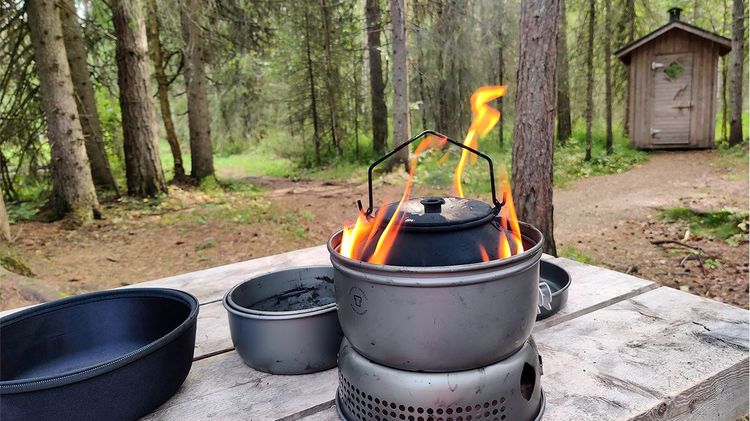
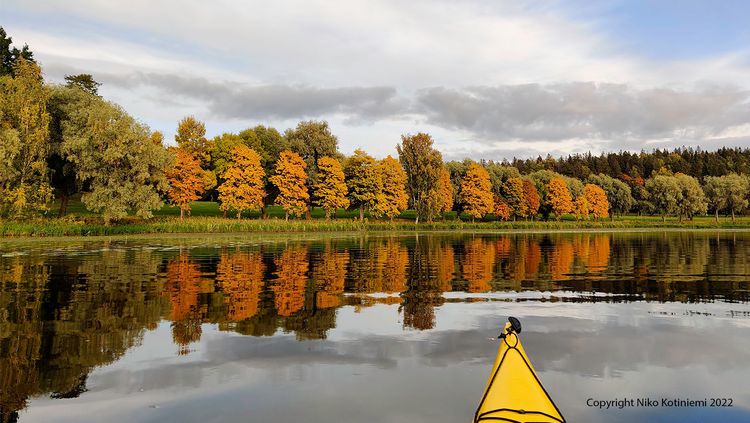
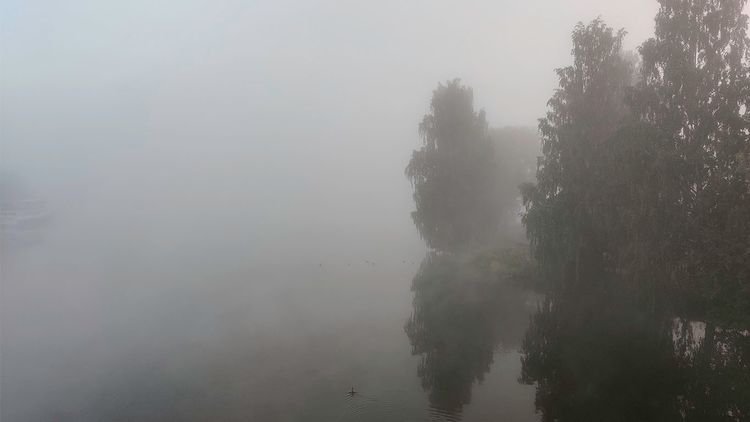
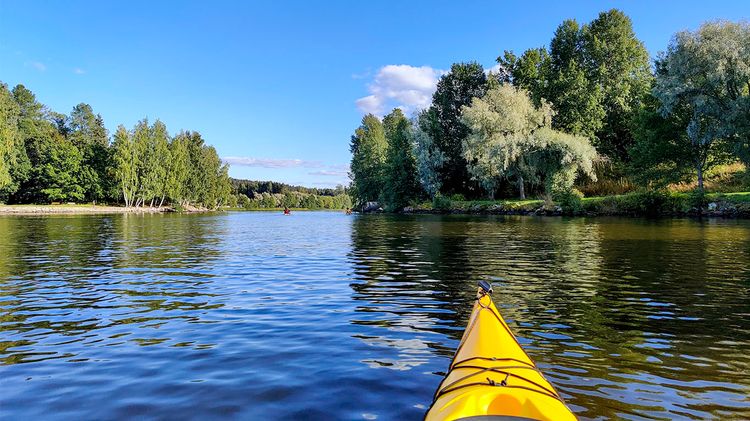
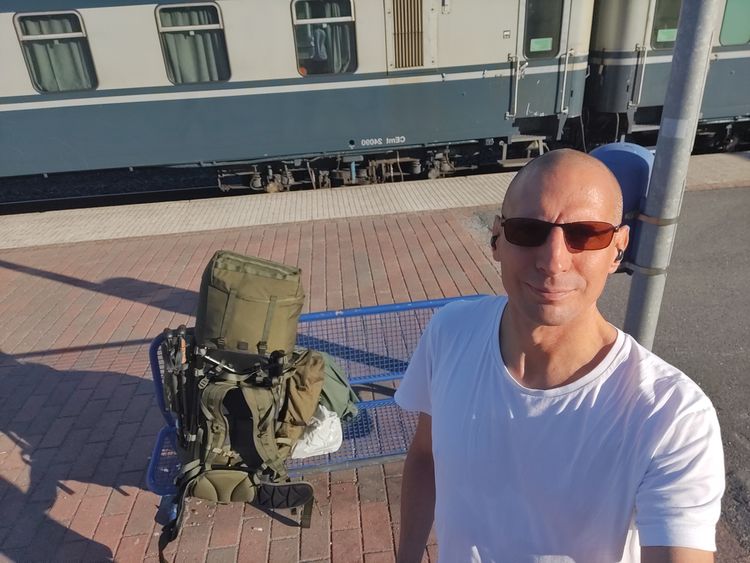
Member discussion